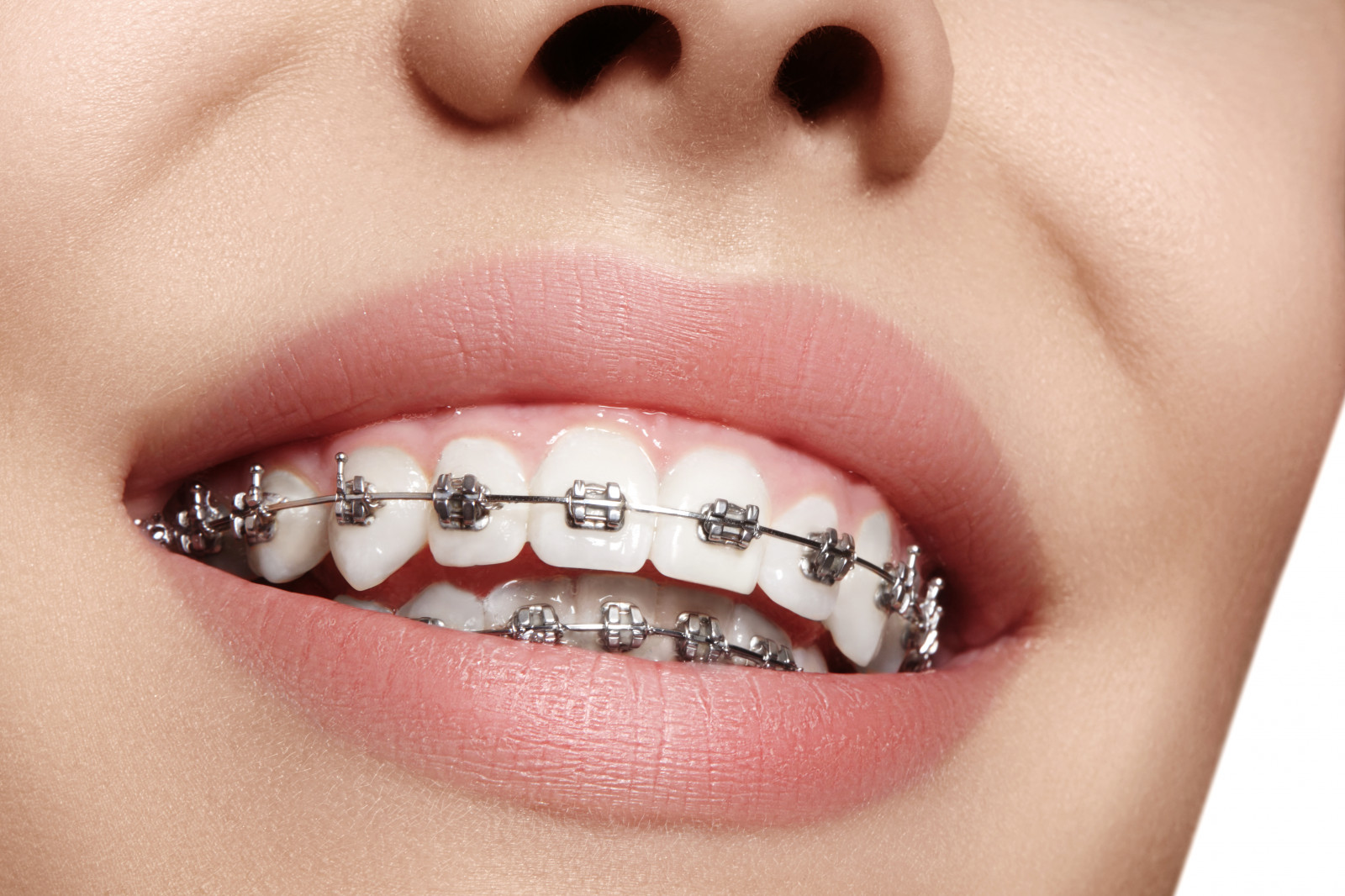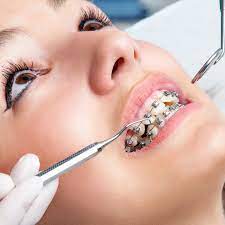An Unbiased View of Causey Orthodontics
Table of ContentsThe 9-Minute Rule for Causey OrthodonticsThe Main Principles Of Causey Orthodontics Everything about Causey OrthodonticsThe 9-Minute Rule for Causey OrthodonticsWhat Does Causey Orthodontics Mean?
Neglecting occlusal relationships, it was regular to remove teeth for a selection of dental problems, such as malalignment or congestion. The idea of an undamaged teeth was not extensively appreciated in those days, making bite correlations seem pointless. In the late 1800s, the idea of occlusion was essential for developing dependable prosthetic substitute teeth.As these principles of prosthetic occlusion advanced, it came to be an important tool for dentistry. It remained in 1890 that the job and impact of Dr. Edwards H. Angle began to be really felt, with his payment to modern-day orthodontics particularly significant. Concentrated on prosthodontics, he showed in Pennsylvania and Minnesota prior to routing his focus towards dental occlusion and the treatments needed to keep it as a regular problem, therefore coming to be understood as the "father of modern-day orthodontics".

The principle of perfect occlusion, as proposed by Angle and integrated into a classification system, enabled a change towards dealing with malocclusion, which is any kind of discrepancy from normal occlusion. Having a complete set of teeth on both arcs was extremely searched for in orthodontic therapy because of the requirement for exact relationships in between them.
Facts About Causey Orthodontics Uncovered
As occlusion came to be the crucial priority, facial proportions and aesthetic appeals were disregarded - affordable orthodontist near me. To accomplish excellent occlusals without utilizing exterior pressures, Angle proposed that having excellent occlusion was the most effective method to get optimal facial visual appeals. With the passing away of time, it became fairly evident that even an outstanding occlusion was not appropriate when considered from a visual point of sight
It came to be noticeable that orthodontic treatment might readjust mandibular advancement, resulting in the formation of functional jaw orthopedics in Europe and extraoral force measures in the United States. These days, both practical home appliances and extraoral gadgets are applied around the world with the aim of amending growth patterns and types. As a result, pursuing true, or at the very least improved, jaw partnerships had actually ended up being the primary objective of therapy by the mid-20th century.
Our Causey Orthodontics Ideas
 Up until the mid-1970s, dental braces were made by covering metal around each tooth. https://www.last.fm/user/causeyortho7., it became feasible to rather bond steel braces to the teeth.
Up until the mid-1970s, dental braces were made by covering metal around each tooth. https://www.last.fm/user/causeyortho7., it became feasible to rather bond steel braces to the teeth.Andrews offered an insightful definition of the suitable occlusion in permanent teeth. This has actually had meaningful effects on orthodontic treatments that are carried out on a regular basis, and these are: 1. Correct interarchal partnerships 2. Right crown angulation (tip) 3. Right crown inclination (torque) 4. No rotations 5. Tight get in touch with points 6. Apartment Contour of Spee (0.02.5 mm), and based on these concepts, he uncovered a therapy system called the straight-wire appliance system, or the pre-adjusted edgewise system.
The advantage of the design hinges on its brace and archwire combination, which needs just marginal cord flexing from the orthodontist or clinician (orthodontist expert). It's appropriately called after this function: the angle of the slot and thickness of the brace base ultimately establish where each tooth is positioned with little demand for added adjustment
The Ultimate Guide To Causey Orthodontics
Both of these systems utilized identical braces for each tooth and demanded the flexing of an archwire in 3 airplanes for locating teeth in their desired positions, with these bends dictating ultimate placements. When it concerns orthodontic appliances, they are separated into 2 kinds: removable and fixed. Removable devices can be tackled and off by the client as required.

Thus, virtually all contemporary fixed appliances can be thought about variations on this edgewise appliance system. Early 20th-century orthodontist Edward Angle made a major contribution to the globe of dentistry. He developed four distinct device systems that have actually been utilized as the basis for many orthodontic treatments today, barring a few exemptions.
Getting My Causey Orthodontics To Work

The wire finished in a string, and to move it forward, a flexible nut was used, which enabled a boost in area. By ligation, each individual tooth was affixed to this expansive archwire (best orthodontist). Due to its limited series of motion, Angle was not able to attain precise tooth positioning with an E-arch
These tubes held a soldered pin, which can be rearranged at each consultation in order to relocate them in position. Referred to as the "bone-growing appliance", this contraption was thought to urge much healthier bone development due to its potential for moving pressure straight to the origins. Nonetheless, executing it proved bothersome in fact.